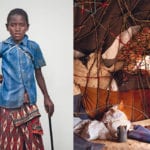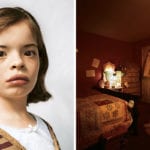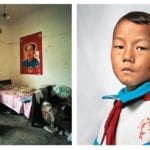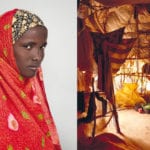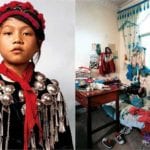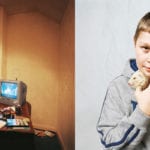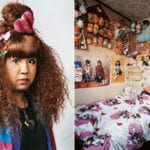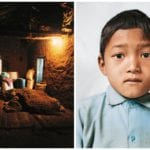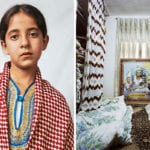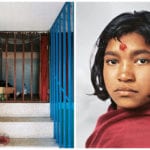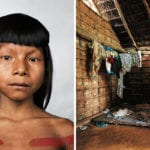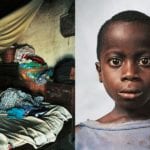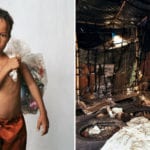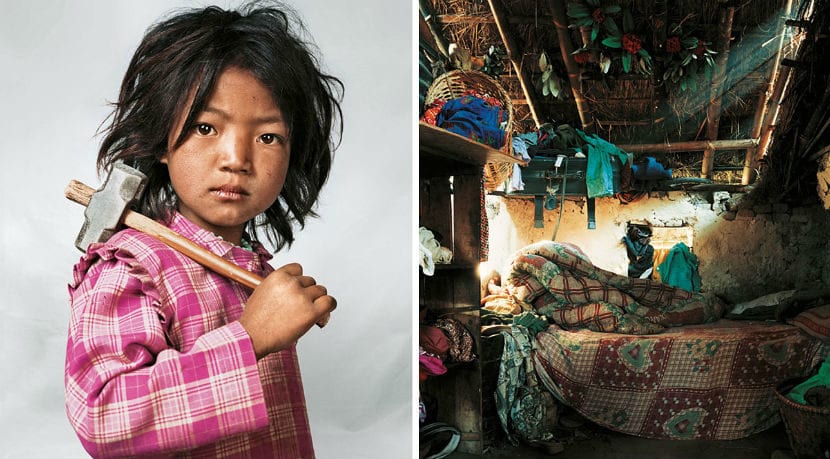
The English Photographer James Mollison I travel around the whole world photographing children and their bedrooms. The striking images were published in his book titled 'Where Children Sleep', 'Where Children Sleep', where he reveals the shocking differences in all countries, from girls in dresses worth thousands of dollars in their private mansions, to boys who sleep with goats. NOTICE: Some images may be quite harsh.
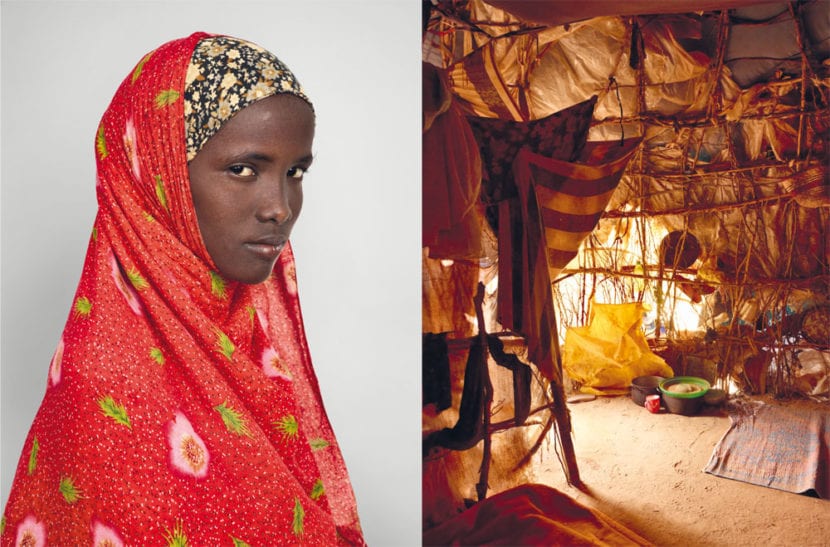
I hope the book at a glance readers, from the lives of some children live in very different situations around the world; an opportunity to reflect on the inequality that exists, and to realize how fate most of us in the developed world are, says James.
Biography:
James Mollison was born in Kenya in 1973 y grew up in england. After studying Art and Design at Oxford University, cinema and photography later in Newport at the School of Art and Design, later he moved to Italy to work in the creative laboratory of Benetton. Since August 2011 Mollison has been working as the magazine's creative editor. 'Colors' with Patrick Waterhouse.
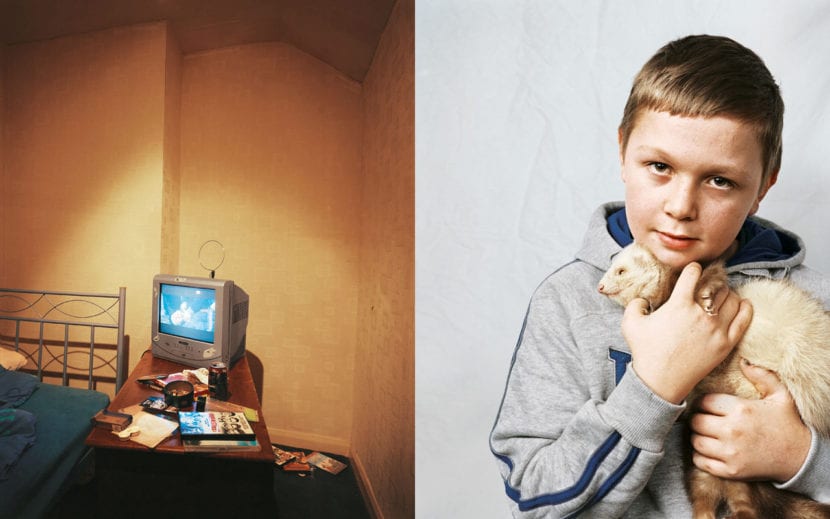
In 2009 he won the 'Odden Vic' Award from the Royal Photographic Society, the achievement is remarkable in the art of photography by being a British photographer aged 35 or younger. His work has been widely published throughout the world, including by the 'The New York Times Magazine', Magazine 'The Guardian', 'The Paris Review', 'GQ', 'New York Magazine' y 'Le Monde'. His latest children's book was published in April 2015, a series of materials composed of moments that occurred during a time of rest, a kind of photographs of intervals.
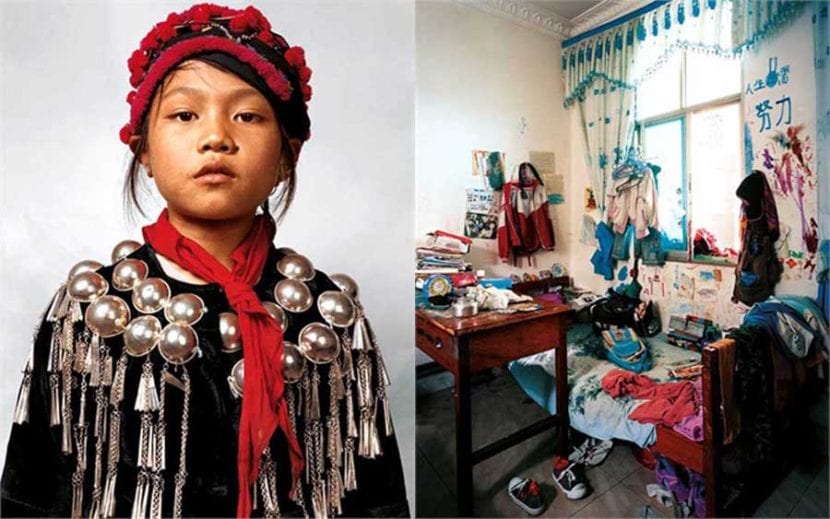
His room 'Where Children Sleep' was published in November 2010, tells the stories of various children from around the world, told through portraits and photos of their bedrooms. His third book, The Disciples, was published in 2008.
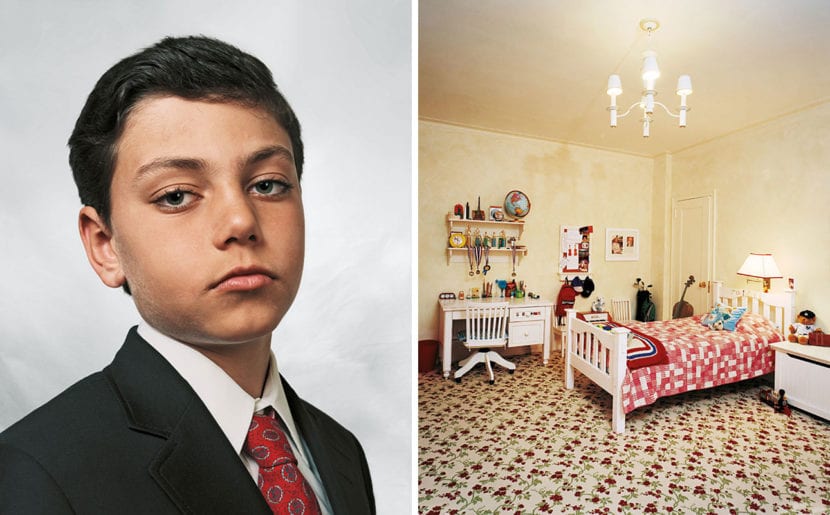
In 2007 he published 'The memory of Pablo Escobar', the extraordinary story of the richest and most violent narco in history "Counted by hundreds of photographs collected by Mollison". It was the follow-up to his work on the great apes, widely viewed as an exhibition included in the 'Natural History Museum of London'. Here we show you a piece of one interview what did they do about the book we cited above
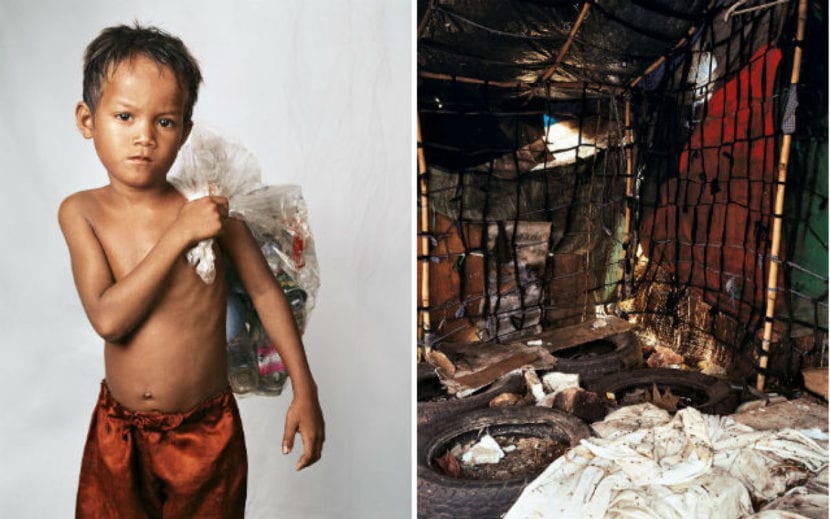
How did you find the children for the photographs? How did you get in contact with them?
He had different ways of working. In places like Nepal, China and the West Bank, I worked with 'Save the Children' who helped me gain access, but I also felt it was important to photograph children outside the world, and I worked with a local producer. I also worked in countries like Brazil, Japan and America.
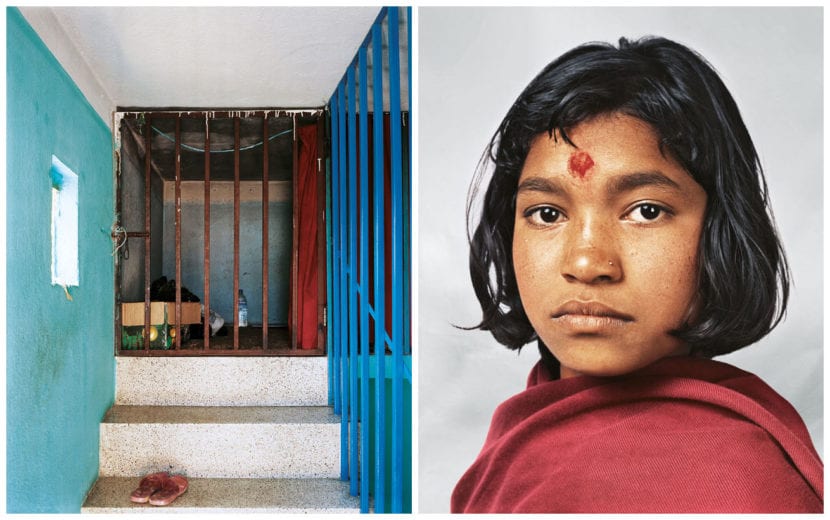
Does this seem like a thread that runs throughout your work as a photographer?
Yes, what it does. My projects usually start from an observation that I later try to allude to in the photographs. Almost always around a series of images; Individual photographs, while important, don't matter as much.

Can you tell us a story about the particularly striking children you encountered on your journey?
In terms of extremes between two children, which would be between Jaime, who I photographed in his top-floor apartment on Fifth Avenue in New York, and Lehlohonolo who lived in Lesotho, in South Africa. Jamie was super busy with school, and he had a busy schedule of after school activities like judo, swimming lessons, soccer, etc. He also liked to study his finances on the Citibank website.
Lehlohonolo lived with his three brothers, who were orphans with AIDS. The children lived in a mud hut where they slept together on the ground, hugging each other to keep warm during cold winter nights. Two of Lehlohonolo's brothers walk to a school five miles away, where monthly rations of food such as cereals, legumes and oil are also given. They couldn't remember the last time they ate meat. Unfortunately, they are likely to live in poverty for the rest of their lives because crops are difficult to grow in the infertile land, and there are no job prospects.
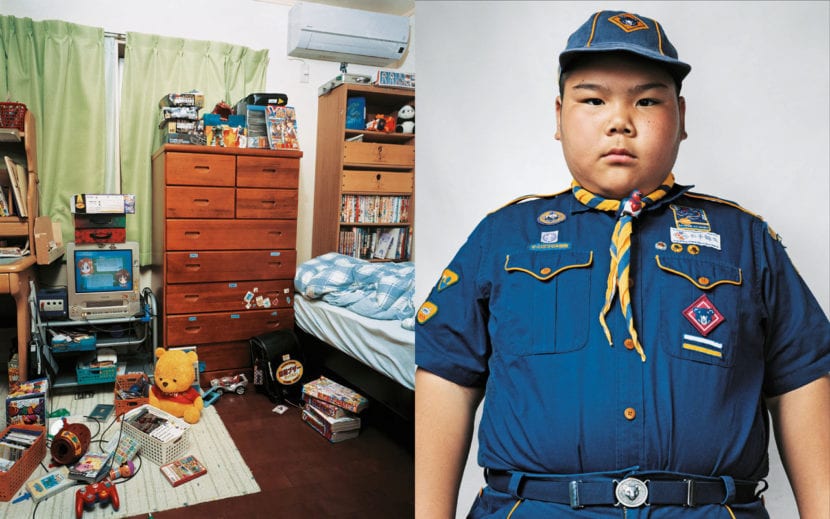
How does photographic documentation affect the guarantee and protection of human rights?
I think what is happening in Syria right now is an interesting example. People are using mobile phones to document atrocities that are happening, and this helps to focus people's minds and keep them on the media. When, 20 years ago, Assad's father suppressed an uprising killing thousands of people, there was not much documentation and this was allowed.
Website: jamesmollison | Book: 'Where Children Sleep'
